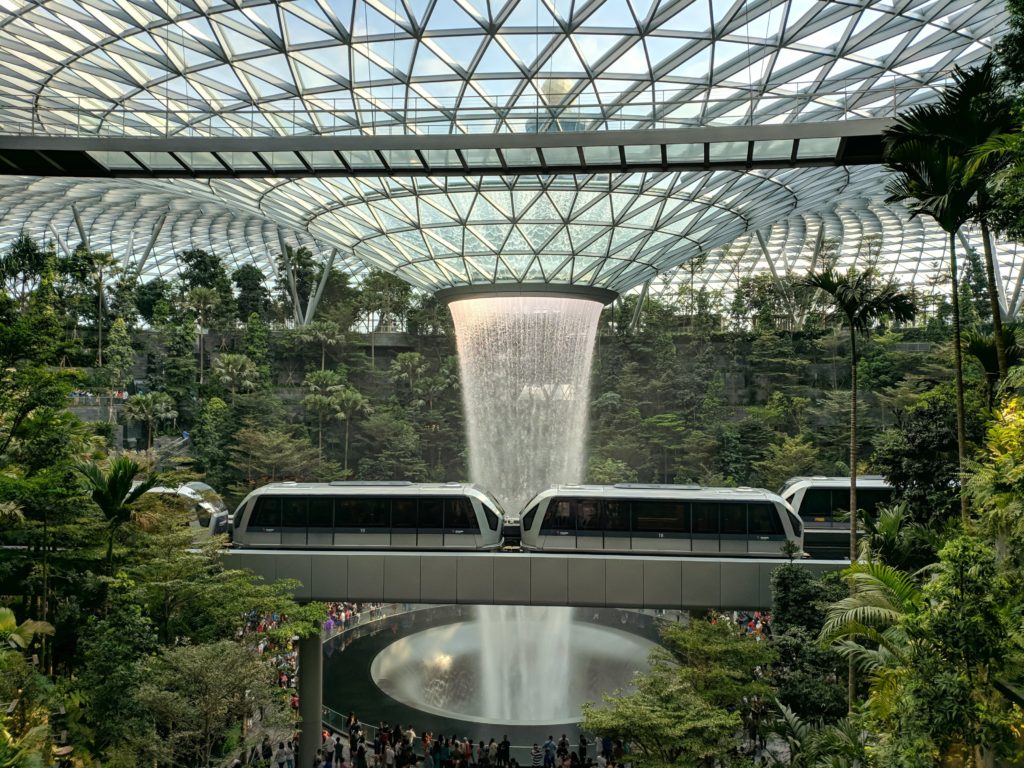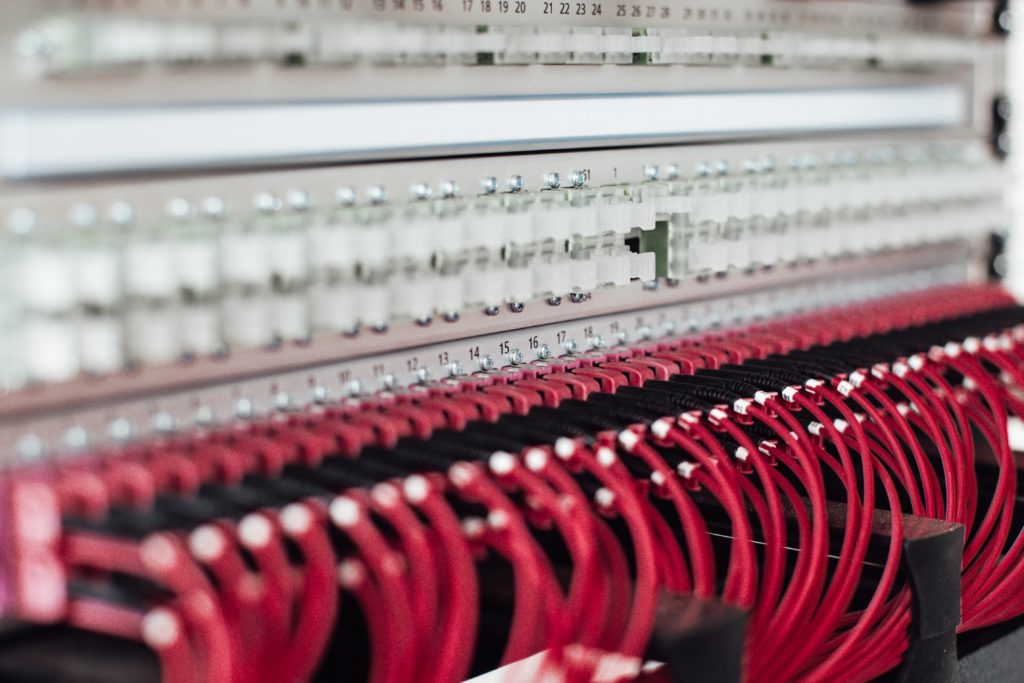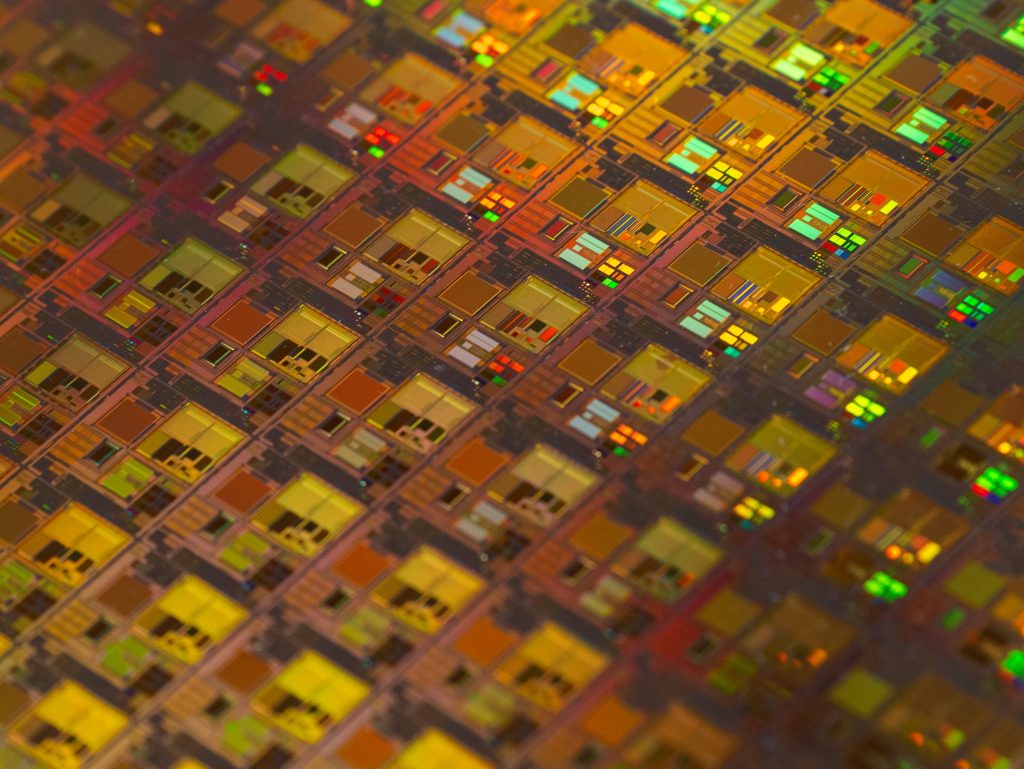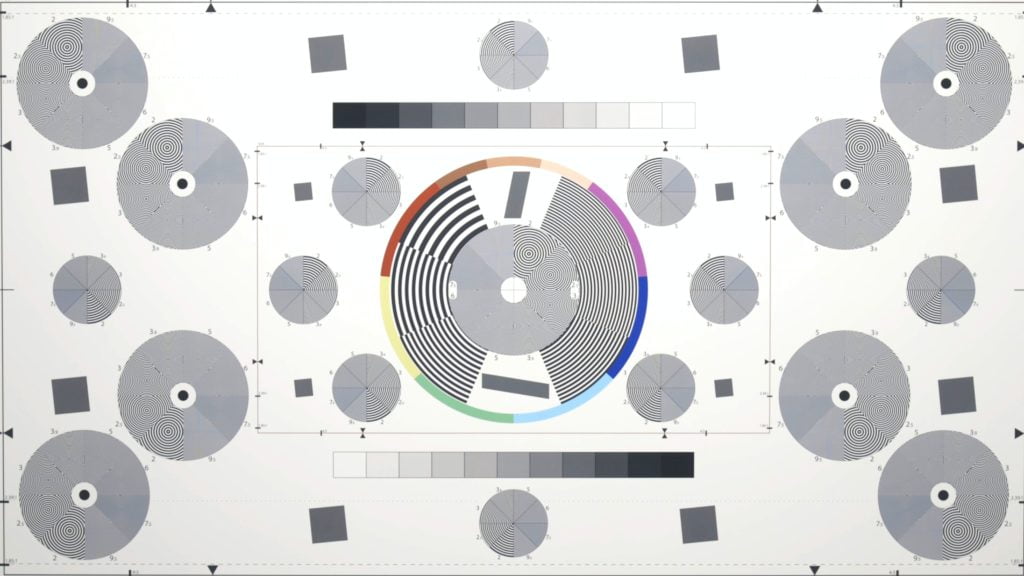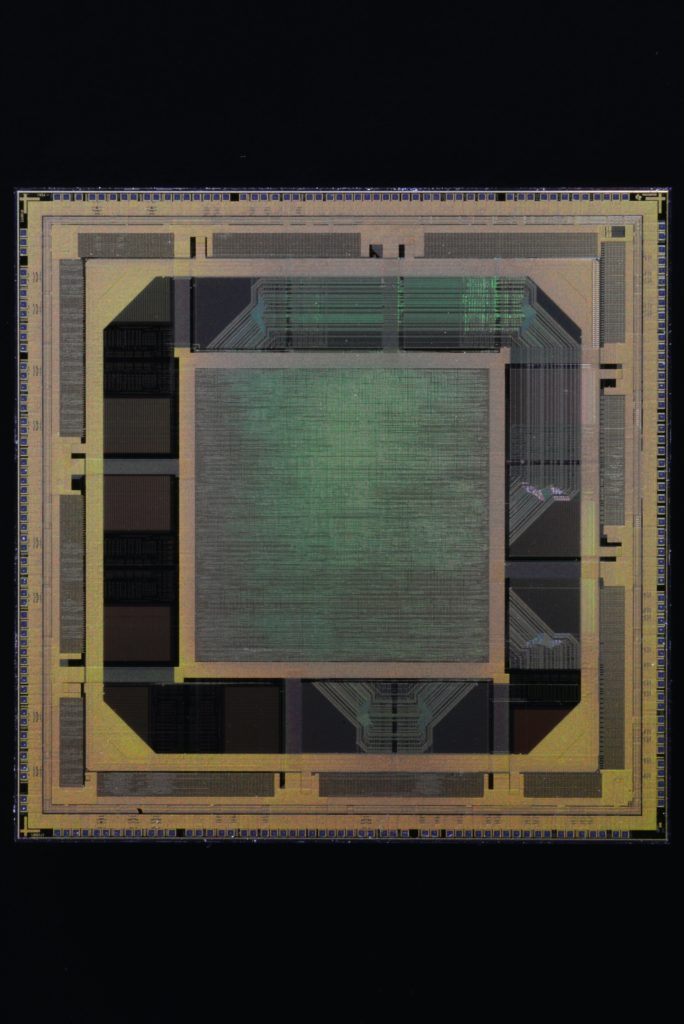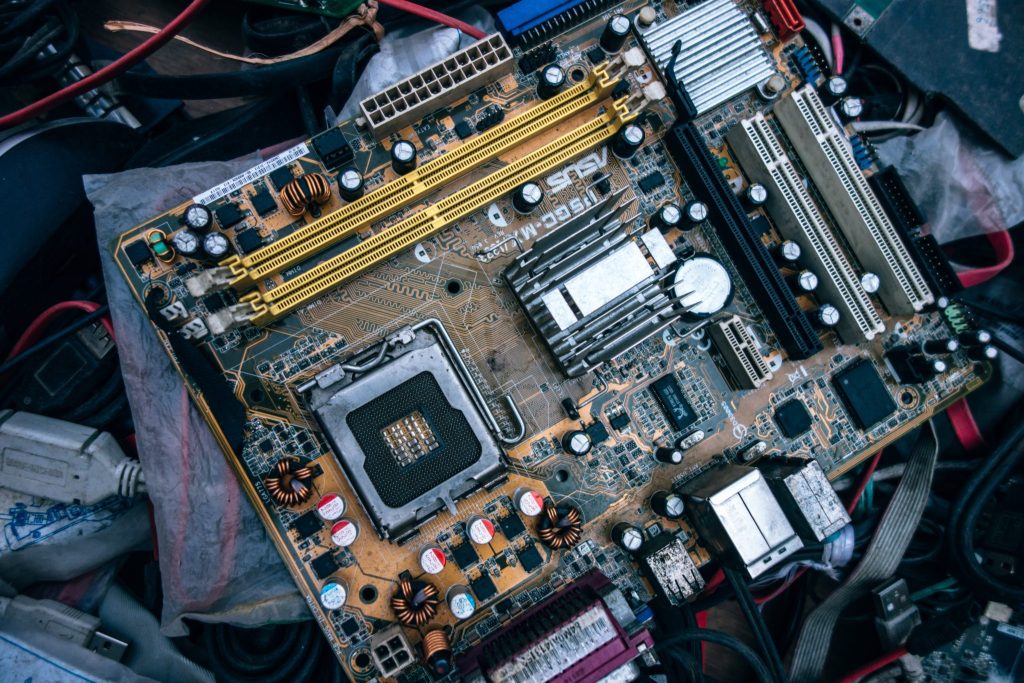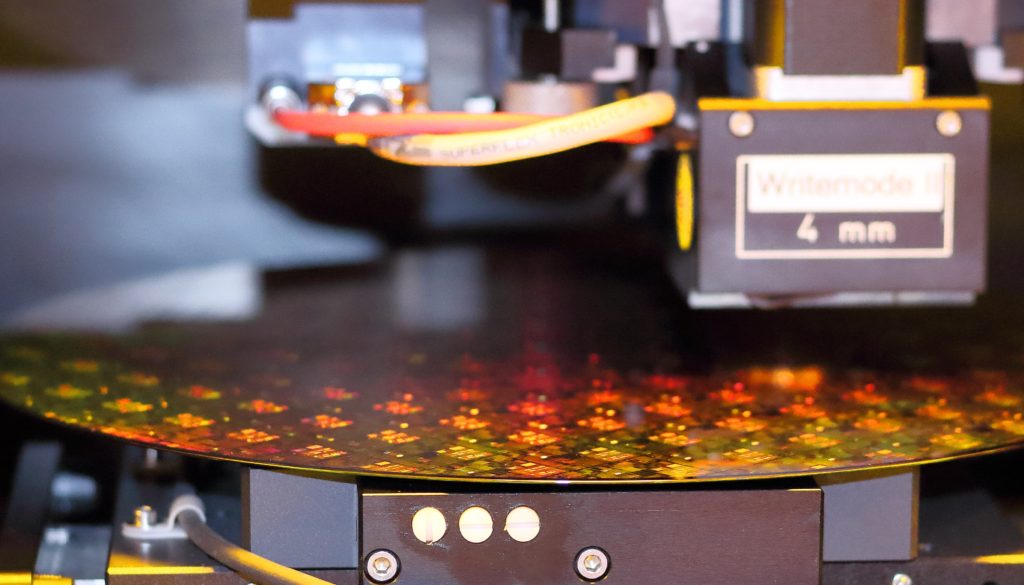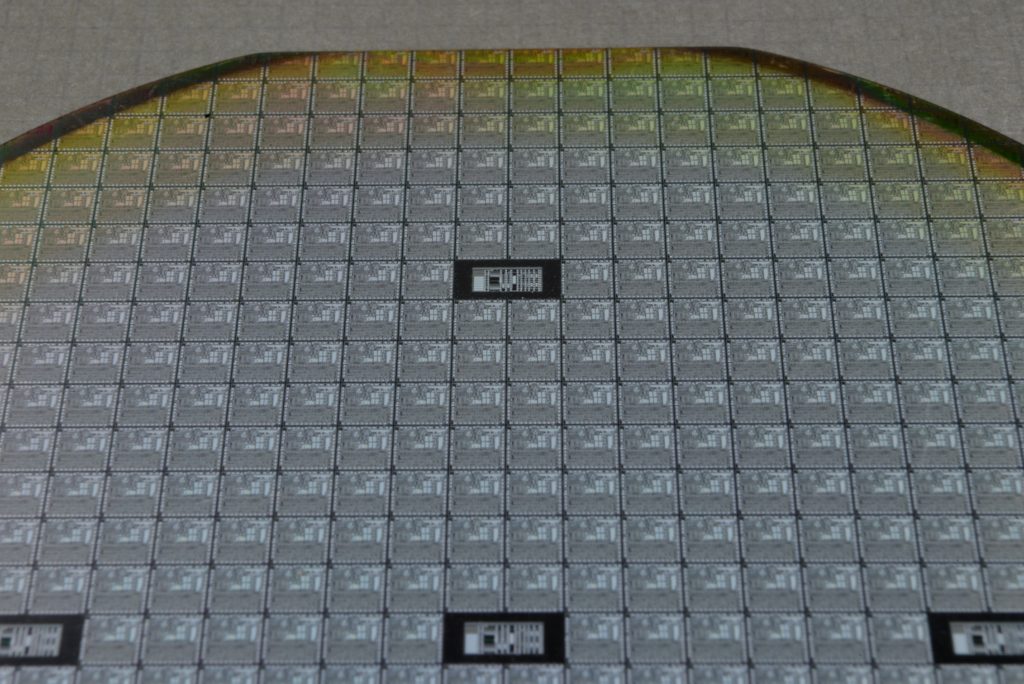Photo by Peerapon Chantharainthron on Unsplash
When smart systems are deployed at every location, it leads to the creation of Smart Spaces. These Smart Spaces can be a residential area, a business zone, an educational institute, or a parking lot. As long as, day to day activities are tracked by the use of the technological solution to enable faster decision making a place qualifies as Smart Spaces.
Over the last decade, the affordability of smart devices and smartphones have to lead to an exponential increase in the deployment and adoption of such places. The reason is the information from smart devices provided with help of sensors can be accessed in real-time. Which can then be used for important decision making.
It is critical to understand different sub-zones within the Smart Spaces along with its impact, innovation, and the future.
SMART SPACES
Smart Spaces mainly comprises of six major components: Smart Security, Smart Maintenance, Smart Energy, Smart Utilities, Smart Connectivity, and Smart Parking.
Smart Places by default have Smart Security. Smart Security is built on top of an efficient hardware capable of running advanced motion detection along with real-time notification software. These devices are capable of ensuring the area covered is secure and also the incident reports are available to the public. It is also one of the domains that have recently attracted the attention of big technology giants. Amazon a few years ago acquired Ring and recently Google even after acquiring Nest invested in ADT.
The next important piece of Smart Spaces is Smart Parking. Many companies are engaging with local city authorities in order to make parking decisions easy for the public. It involves tracking of spots that are available for parking along with pre-booking to ensure that anyone can pre-plan the visit and be free from the decision about where to park the car. Smart Parking can be a standalone software-based solution by tracking the entry and exit at specific location. However, many of the Smart Parking solutions are also based on the sensors thus requiring a lot of hardware deployment.
Smart Energy is critical too. Without proper utilization of the energy that minimizes the impact on the environment, a Smart Space will for sure not qualify as one. Smart Energy is built with a net-zero impact. In order to achieve this the source of energy has to be environment friendly. Solar or wind energy is usually the main source of energy supply to the Smart Spaces. Smart Energy is also enabled by deploying heating/cooling solution such that same single source can be used by specific area or citywide population. It can be a centralized water-based cooling like Phoenix Downtown has. Smart Energy is also about tracking utilization in real-time for adaptive decision making.

Smart Utilities are another aspect of Smart Spaces. It ensures that gas and water supply are available all the time by ensuring efficient usage. Numerous data points are collected to allow for timely delivery of these resources. Such data points allow families and businesses to understand the real use versus waste. By capturing such details, the city authorities can also come up with adaptive and smart incentives for residents.
Smart Maintenance is all about predicting when a specific location or service is going to see a downtime and in advance how to act on it. This is done with the help of data tracking that provides life and aging details of the components deployed across the Smart Spaces. This can range from sensors in the water supply system to building structure maintenance to electric sub stations. Smart Maintenance also ensures that human resources are used wisely and in a timely manner.
The last and critical piece of Smart Spaces is Smart Connectivity. Without access to the high-speed networks from the internet to a cellular connection, it is difficult to make any solution to work in a Smart Space. Data generated out of the different aspects of Smart Spaces requires connected systems that can work only if always-on connectivity is provided. The decision making for other critical zones within the Smart Spaces is also relying on connectivity. With the deployment of 5G and smart Wi-Fi 6, Smart Connectivity is going to see much more innovative use than in the last decade.
SMART IMPACT
Deployment of Smart Spaces across cities and countries is only possible on a large scale if the impact of such Smart Spaces is understood. There are many benefits to having Smart Spaces, but the critical Smart Impact are savings, opportunities, complexity, dependency, and ease of use. These impact are combination of the good and the bad.
Savings is the most important reason for making any space a smart one. The real-time usage of securing the place helps in long term planning with eventually leads to savings not only for the residents but also for the businesses. It can be understanding what services work and don’t work, thus making a decision to switch or do away with such service. Maybe it can be about understanding what room temperature works for one by utilizing sensors such that the temperature of the cooling system can be adaptive accordingly. Scaling these savings at larges scale eventually leads to savings of resources.
Immense opportunities are created by Smart Spaces. From employment to small business to large scale industries. Smart Spaces deployment ensures that different new opportunities from regular maintenance to data to security analysts are available for better decision making. Thus opening up new skill-based employment. It also ensures that the business providing smart solutions are able to create a supply chain that drives other business.

All this leads to ease of living life. Ensuring that not only the spaces are safe but are also smart based on data generation. It allows efficient utilization of resources that improves day to day life activity and thus provide ease by which goals can be achieved.
One of the biggest drawbacks of Smart Spaces is dependency. The more the smart systems are deployed, the more dependent the people and businesses become. If one or two things go out of service, the day to day routine suffers. It also impacts decision making.
The biggest challenge when deploying Smart Spaces is to ensure that all these Smart Impacts are in balance. Anyone thing that grows more than the other will lead to critical security to safety issues. This means Smart Spaces are very complex too due to inter-dependent systems.
Always On Connected Sensors Taking Decision Will Run Smart Spaces
SMART INNOVATION
Necessity is the mother of invention. It is correctly applied by any industry that is fighting to survive the market competition.
For the software businesses, it is important to ensure that there are always new and better programming environments along with the tools to develop advanced and smarter software systems. This also means new business opportunities by showcasing efficiency and cost gain over existing tools and solutions.
The same is applicable for the hardware businesses by ensuring that there are new solutions available as the market demand grow and the need changes. These can be an efficient sensors that allow more savings over existing and previous generations. To ensure such a solution exists in the future, continuous research and development is required.

Smart Innovation around Smart Spaces is built on top of the savings that the existing system provides. This can be due to the data generated across the zones within the Smart Spaces that lead to deployment of cost efficient solutions. Which was in turn used at large scale by businesses. These savings can also be built on top of dynamic pricing which is applicable mostly for housing and real estate business but is also getting deployed for smart energy and utilities.
A combination of data and dynamic pricing built on top of Smart Innovation by Smart Spaces will eventually lead to New Products and New Services.
The more the savings, the better the future solutions from companies in the domain of software and hardware.
SMART FUTURE
Everyone talks about Smart Spaces, but what is the Smart Future going to be like?
There can be different takes on how the Smart Spaces will evolve. It can be dependent on how the industry innovates to keep up with the growing demand for the smart solutions. It will also depend on cities’ and citizens’ comfort to adapt to a fast-changing smart environment.
In short, there are four key aspects of how the Smart Future of Smart Spaces is dependent.

The first is being connected. It ensures that the information generated from the Smart Spaces is always available. These connected systems will run on top of the sensors. It is already deployed across many cities and real estate. However, unless and until everyone in such location is able to utilize to full extent, it will be difficult to ensure that the connected sensors are efficiently used. Thus the second requirement of a smart future is sensors. The third critical piece is always on. Without which it is not useful to deploy connected sensors. The last part is the decision. If these always-on connected sensors cannot make a decision with or without human input, then it is a waste of money and time.
Opportunities and possibilities are numerous. All technological solutions certainly improve life as long as the users are able to afford the same. Only time will show how Smart Spaces will evolve, but are certainly going to be everywhere.
